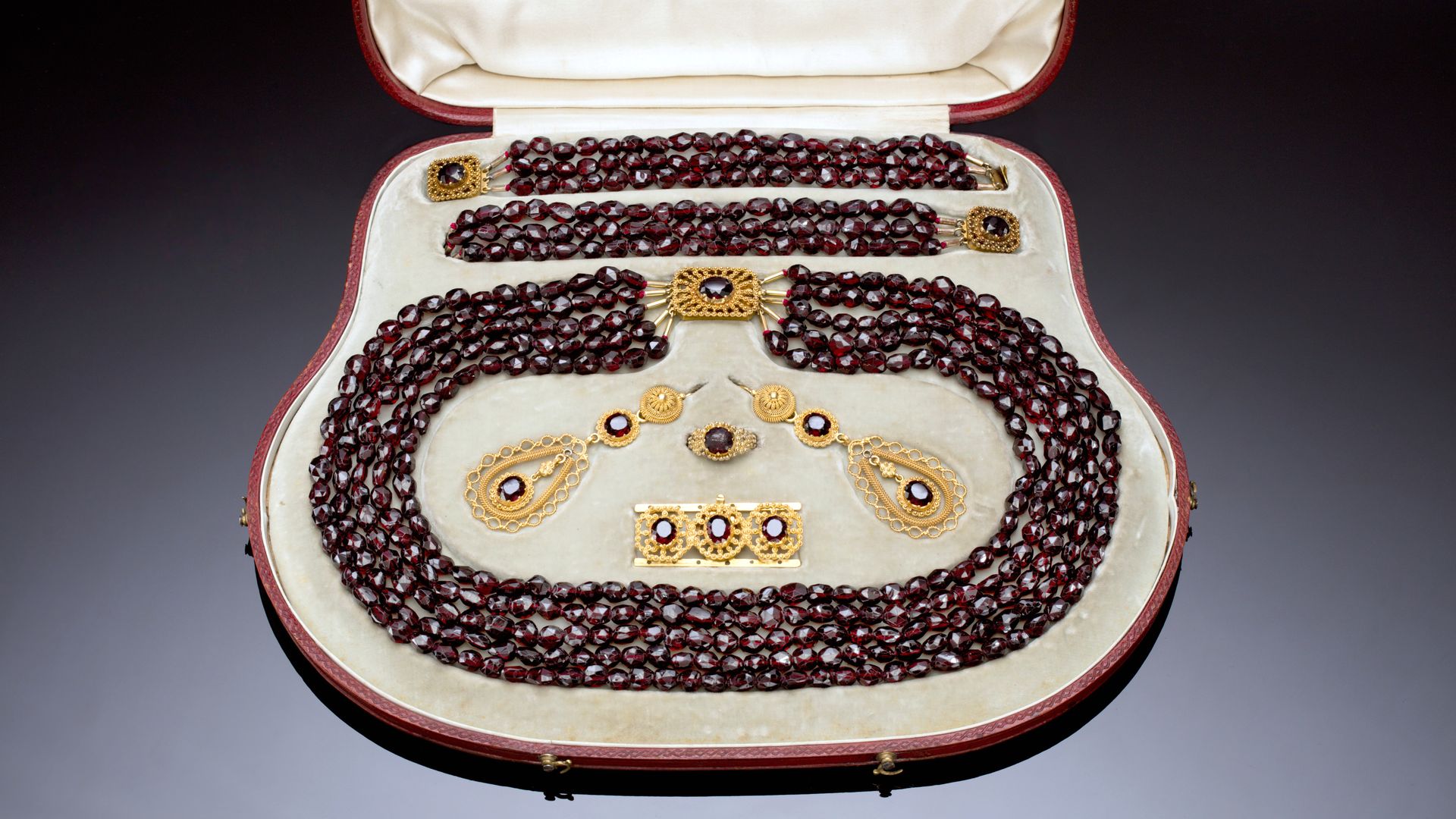
The Regional Museum in Most – Jewelry of Ulrika von Levetzow
The Regional Museum in Most was founded in 1888. From the beginning, it has been collecting historical, scientific, and artistic collections with an emphasis on the wider Most region, represented by three geomorphological units – the Most Basin, the Ore Mountains, and the Bohemian Central Mountains. The collection in some fields extends beyond the borders of Most, not only to other parts of the Czech Republic, but also abroad. The scope of the Regional Museum and Gallery in Most includes all basic fields of museum work – nature, art, technology, culture, and history.
The most historically important part of the collections is the personal estate of Ulrika von Levetzow, to whom a permanent exhibition is dedicated. Baroness Ulrika became world famous as the last love and muse of Johann Wolfgang von Goethe. The story of the unfulfilled and unrequited love of an aging poet is one of the greatest love stories in European history. Ulrika von Levetzow was a fascinating figure, representing literally the best of the entire 19th century.
The exhibition includes a unique set of garnet jewelry . The exhibits come from the extensive estate of Ulrika von Levetzow, which has been part of the collections of the Most Museum since 1900. The garnet jewelry set, which is one of the rarest jewelries in the Czech Republic, is in the center of the exhibition. According to proven research, this renowned jewelry collection, which includes the biggest cut Czech garnet in the Czech Republic, is the largest set of Czech garnets in the world. This collection is one of the 10 most valuable jewelry works in the Czech Republic.
One of the most important collection objects is a large-format painting by the Czech painter Alfons Mucha entitled The Allegory of Wealth. This work has been hidden from public view for many years. From the period just before the Second World War, the work follows in style and content the The Slav Epic cycle (1910-1928) and, according to experts, is one of the typical manifestations of Alfons Mucha’s relationship and devotion to his homeland.
The natural, ethnographic, archeological, and historical collections are also very extensive. Rare collections of insects, fossils, weapons, textiles, arts (including folk arts) and handicrafts are likewise present. The museum library, which contains more than 40,000 books, including manuscripts and rare prints, is also of great importance.
For more information about the Usti Region, from which this museum comes, click here and here.
NOTE: Many features on this website require JavaScript. You can enable JavaScript via your browser's preference settings.